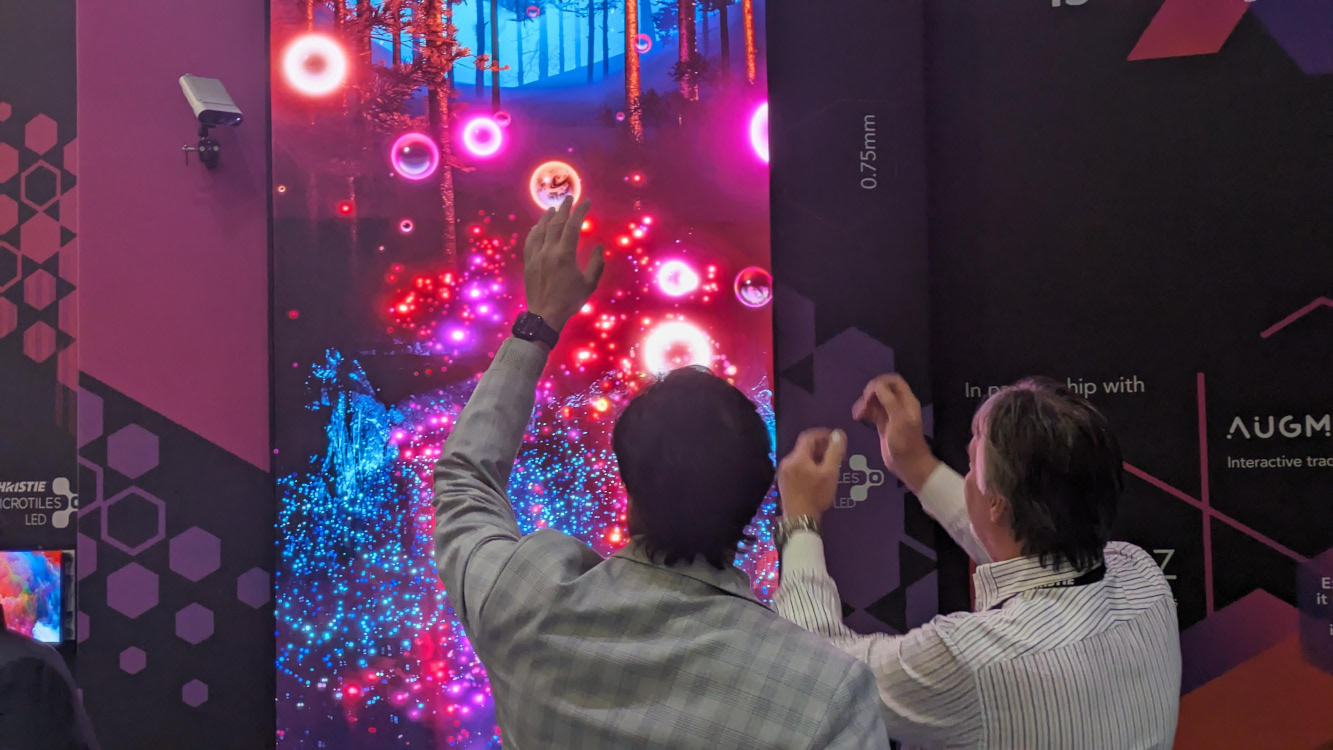Am I the only one who has left ISE this year with more questions than answers? If you’re on the same page, let me tell you why I think this is a good thing.
Me and my colleagues have conducted numerous interviews in Barcelona and asked A LOT of questions. While most responses maintained a semblance of confidence, many carried an air of uncertainty and others were tinged with curiousity. In the best conversations, however, I encountered a prevailing growth mindset and a strong willingness to learn.
This mindset, I gather, will be a big differentiator in the shifting landscape of the digital signage industry, particularly regarding the changes looming within software. At invidis, our mission is to pinpoint these shifts and help our readers understand and prepare. Hence, we’re emphasizing software as a focal point this year.
Before delving into the key takeaways from our software-related inquiries at ISE, let me outline what you can anticipate from us on the subject this year:
- Digital Signage Summit Europe, with Software and Platforms as a center topic (hint: May 22 and 23)
- Invidis Software Compass, an impartial tool for comparing digital signage software solutions
- Invidis yearbook, spotlighting the transformation from a hardware-centric to a platform-driven economy
DSS ISE: Where does true innovation come from?
In the traditional invidis keynote at DSS ISE, we touched on the big challenges that established software players are now facing. But we also tried to flip around the perspective and asked: Where can innovation still take place? From the research our team has done for the Software Compass, we did identify some factors that still provide competitive advantages. Namely, some of them are sustainability, multi-platform support, and IT security. In the keynote, we also proposed another concept, akin to the idea of software-defined vehicles. We call it software-defined spaces:
At DSS ISE, we also asked our speakers on what they gather are the key takeaways from the discussions we prompted. Listen to what they have to say:
Samsung’s VXT: Some doors will close, others will open
Speaking about challenges for established software players, one cannot get around Samsung’s VXT: It represents a shift towards a subscription-based platform business model, featuring an App Store for digital signage partner applications. Independent CMS and content service providers are encouraged to offer their services via VXT. From 2025 onwards, Samsung plans to extend its distribution model and start selling directly to end customers.
We believe this will bring both opportunities and risks for established partners. Why and how we explain in this article:
The platform business: Necessity triggers creativity
For a large part, Samsung’s dedication towards its platfom business is driven by necessity: in the highly commoditized hardware market, it is becoming increasingly difficult to compete with Chinese and Taiwanese manufacturers. On the other hand, Samsung answers the need for a standardized and more sophisticated digital signage solution.
The future of digital signage hinges on how it integrates within a connected technological landscape. To achieve mass-market status, the industry needs to shift away from isolated technology approaches and solutions. VXT aligns with this trend by introducing a first platform economy approach, akin to how consumer-oriented giants like Apple, Amazon, and Google have become successfull.
The move towards platforms is also one of the 10 themes we identified as top trends coming out of ISE:
I hope we were able to answer some of the big, looming questions sparked by ISE. But more importantly, I hope we could preserve your curiousity and leave you with many more questions. And we’re looking forward to tackling these questions together with you this year.
Wishing you a lovely weekend,
Antonia Hamberger


